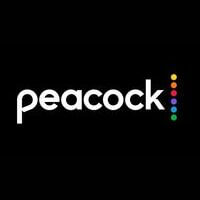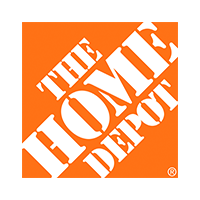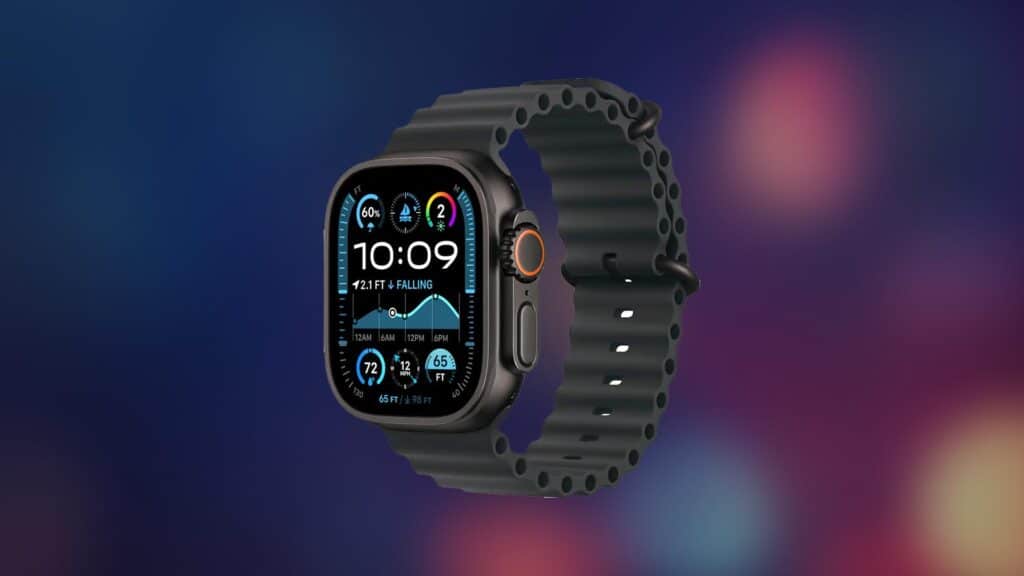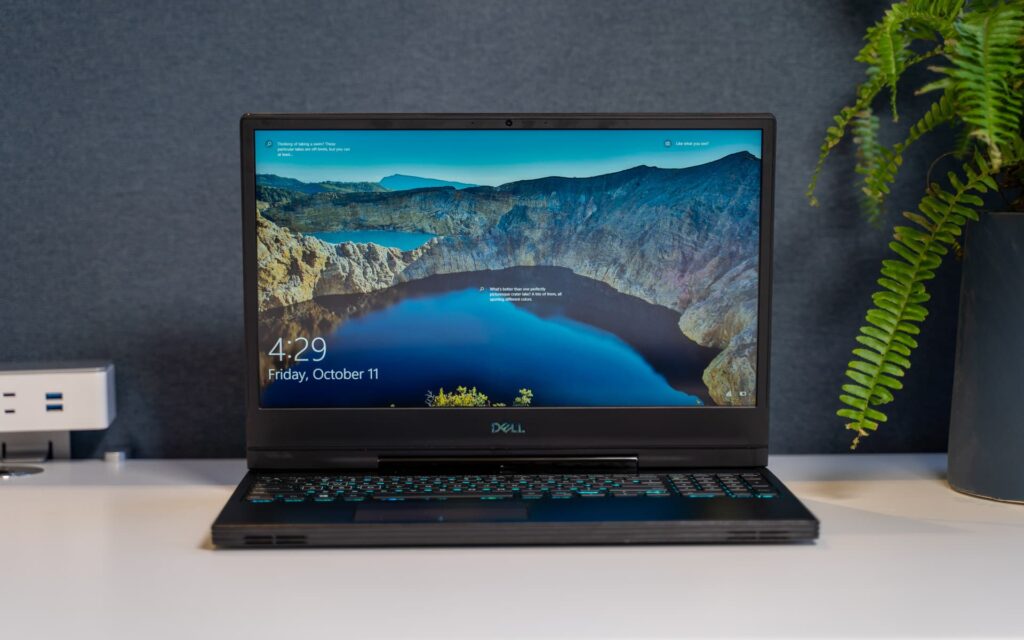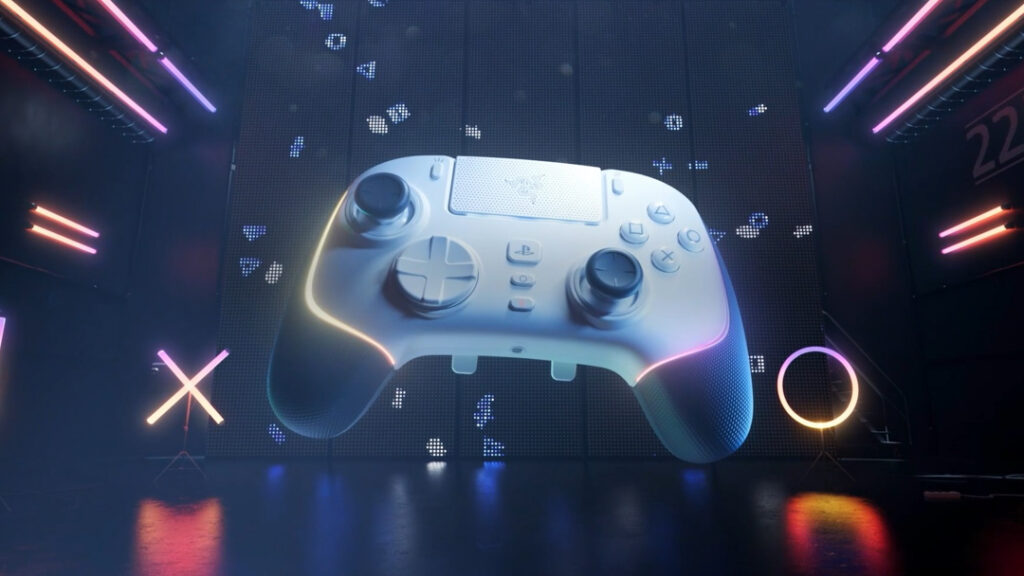Advertiser Disclosure: At Slickdeals, we work hard to find the best deals. Some products in our articles are from partners who may provide us with compensation, but this doesn’t change our opinions. Our editors strive to ensure that the information in this article is accurate as of the date published, but please keep in mind that offers can change. We encourage you to verify all terms and conditions of any product before you apply.
Reading Time: 5 minutesBefore you scroll right past all those deals on refurbished items with thoughts of malfunctioning electronics and missing parts running through your head, we’d urge you take another look. Buying refurbished can mean incredible discounts on perfectly functioning tech, with shoppers often saving anywhere from 30% to 60% off retail prices.
A quick browse through the Slickdeals forums will show you just how those savings can play out. For example, we’ve seen a 34-inch Curved Alienware Gaming Monitor from Dell refurbished offered for just $825 (35% savings, $1,299 retail price) and Beats by Dr. Dre BeatsX Bluetooth In-Ear Headphones refurbished for $60 (44% savings, $109 retail price). And then there’s the incredible 54% savings found on this Bose Solo 5 TV Sound System refurbished, which sold for $120, down from the $249 retail price.
Still, you’re probably worried about the quality, right? Are the savings even worth it if the item is just going to break in a few months? While not all refurbished products are created equal in terms of quality, if you know what to look for, where to shop and the pitfalls to avoid, you can actually get flawless refurbished electronics for a fraction of the retail price.
What Does Refurbished Mean?
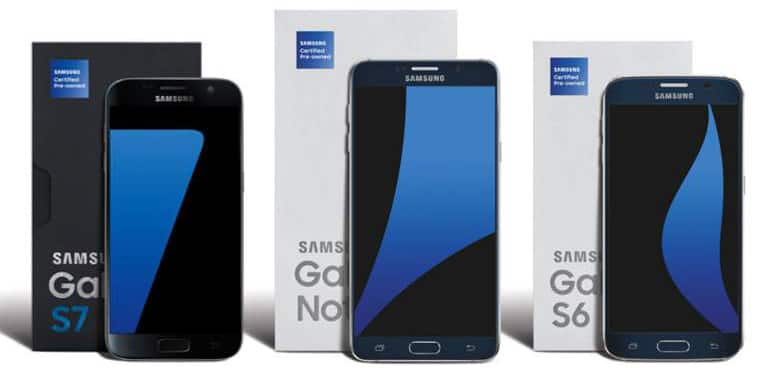
Simply put, refurbished means that an item can’t be sold as “new” by the manufacturer. It may have been returned with no defects, had a repaired production issue, or been a display model. Additionally, a 2011 survey by technology consulting firm Accenture found that only 5% of returned consumer electronics had any defects.
While different retailers have different standards when it comes to labeling items as refurbished, manufacturers and authorized dealers will typically run diagnostic tests, perform repairs and thoroughly inspect each product before it goes out to consumers.
What to Look for When Buying Refurbished
Stick to Reputable Sellers
Items refurbished by the manufacturer are going to be the safest bet and offer the highest quality. But if you can’t find what you’re looking for directly from the manufacturer, an authorized dealer is the next best thing. These dealers have to follow specific protocols from the manufacturer, so you know there are definitive standards in place. In most cases, what you really want to avoid is third-party sellers since their standards may not be as high, and their terms for returns and warranties tend to be terrible.
Verify the Return Policy
Always check the fine print on the return policy. Specifically, look for at least a 14-day return period, and preferably 90 days. You should also note what condition the product needs to be in, as well as any other details to ensure you aren’t stuck with a broken product.
Look for a Good Warranty
A warranty is the single most important aspect of buying refurbished. Look for a warranty that is at least 90 days long, but if you can find a year-long warranty, all the better. Additionally, if the seller doesn’t have a decent warranty, consider that some credit card companies offer them, even on refurbished items. Just verify any specific exclusions before you buy.
What Items to Buy — and Not Buy — Refurbished

Let’s say you’re considering a great deal on a refurb, you’ll want to do a little risk assessment first. Always ask yourself a few questions about the item before you buy:
- How complicated is it? Computers, TVs and other electronic devices with more integral parts have a higher likelihood of breaking or failing once they’ve been taken apart and put back together. On the other hand, products with more basic functions and less operating parts, like phone chargers, flash memory cards or even LED light bulbs, can typically be bought refurbished with confidence if the price (and return period) is right.
- How often will it be used? An expensive HDTV may seem like a spectacular refurbished deal, but daily use can wear an item down fast. If you do buy and then encounter any early issues at all, your best bet is to return it and walk away.
- Why was it refurbished? While this information isn’t always available, the Slickdeals community may be able to help. For example, a comment from Slickdealer monkeybiz in a thread about a refurbished 4K TV revealed that the company had recently changed their streaming software and didn’t include a tuner for this particular model. While that may not matter to you, knowing that the retailer likely had a lot of returns due to shoppers either disliking the change or simply failing to note it before buying could help in the decision making process.
- Are there a lot of these refurbished products available? On occasion, a flood of one specific item may be sold refurbished, which could be a red flag indicating that even customers buying new are having problems. Of course, there may be other reasons for a large quantity of refurbs on the market. As Slickdeals user, zanetheinsane pointed out, there are a lot of refurbished Roku products that are essentially new-in-box and likely returned by people who assumed it included a “free tv” or some alternative to cable without a subscription. In either case, it’s a good sign that you may need to read more reviews on the product to see what’s going on.
Where to Find Refurbished Deals
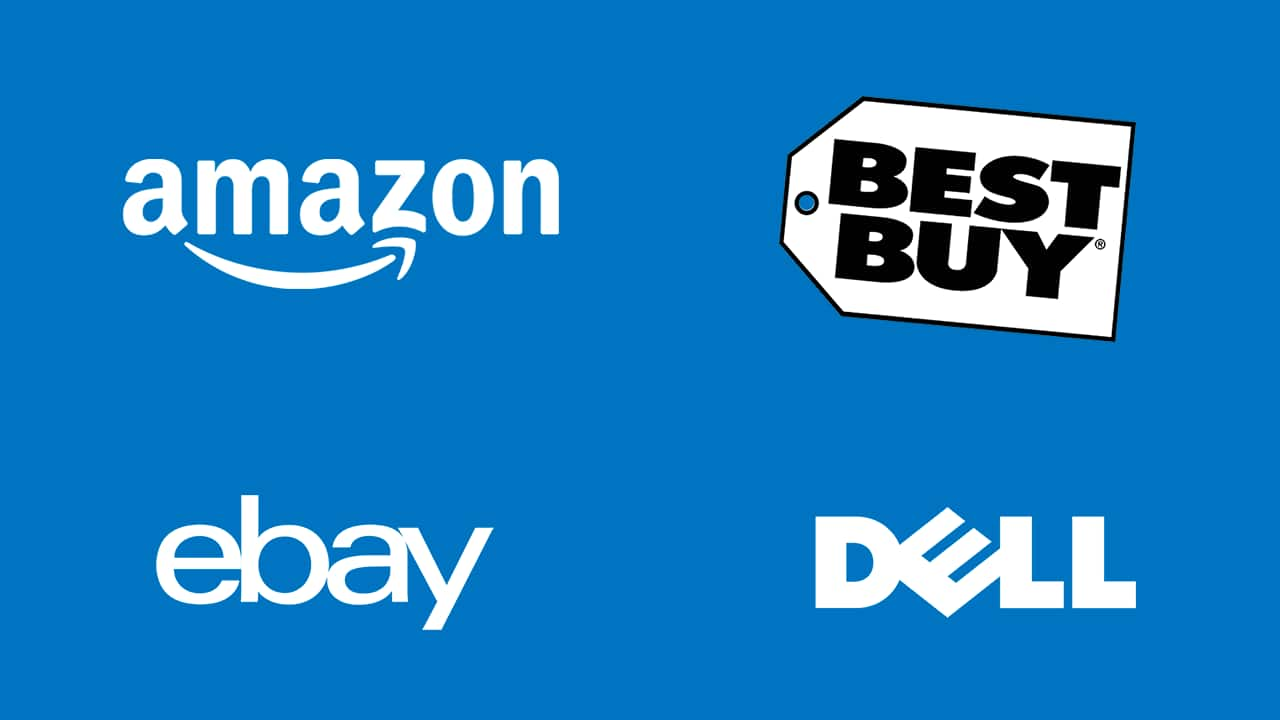
Many popular electronics manufacturers offer their refurbished items through outlet sites or on popular online marketplaces. These big retailers tend to have the best selection, as well as better warranties and return policies. Here are some of our favorite sources for refurbished deals:
Dell Outlet – The products here are labeled as “Certified Refurbished” or “Scratch & Dent” to let you know why the item is listed at a discount. Plus, Dell offers a “same as new” one-year limited hardware warranty on most products.
eBay – Refurbished products often come straight from the manufacturer to eBay, and you’ll find tons of details on whether or not items are seller refurbished or manufacturer refurbished, along with information on what to expect in terms of accessories and original packaging.
Amazon Renewed – You’ll find a great selection of refurbished items with a minimum of a 90-day return policy and an assurance that each item is “Certified Refurbished” and in “like new” condition. Each seller must stick to the strict standards set by Amazon to be included in the marketplace.
Best Buy Outlet – Best Buy offers great open-box and refurbished deals both online and in-store. Additionally, Best Buy Elite Members get an extended return period on all items.
*****
Ultimately, refurbished items can make some of the best deals — if you take the right precautions. Assuming you’ve done your research, most folks find that defects are fairly rare when it comes to refurbished items. The perception of risk with these items is changing, but what do you think? Do you buy refurbished or have you in the past? What has your experience been? Let us know in the comments!



